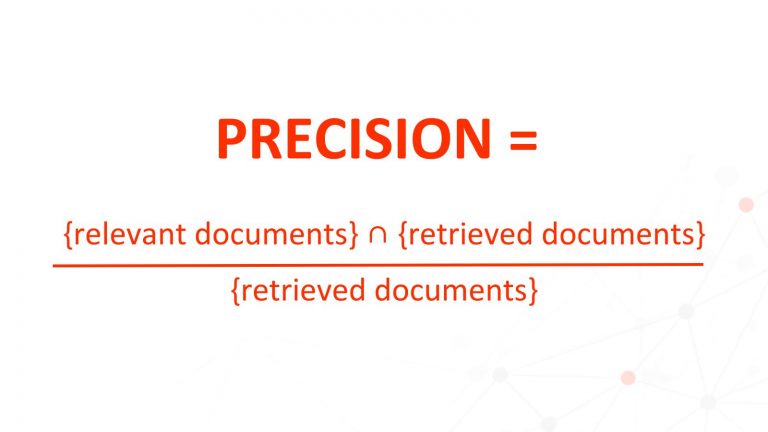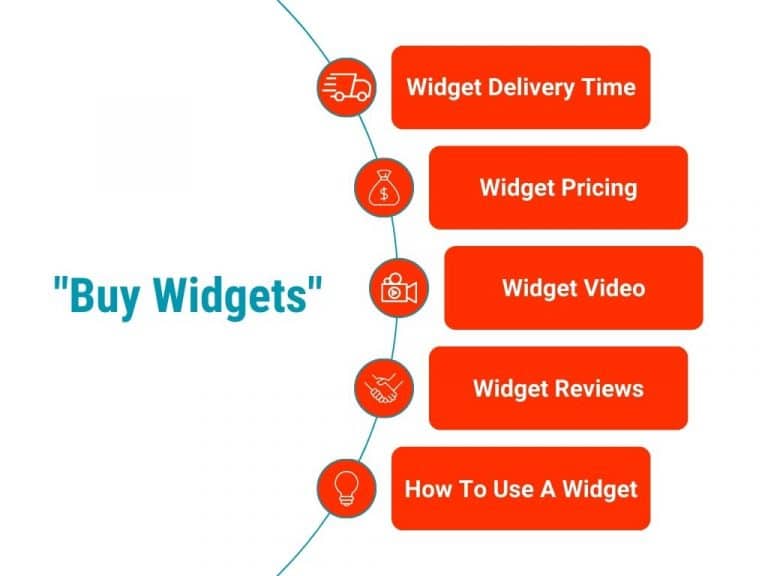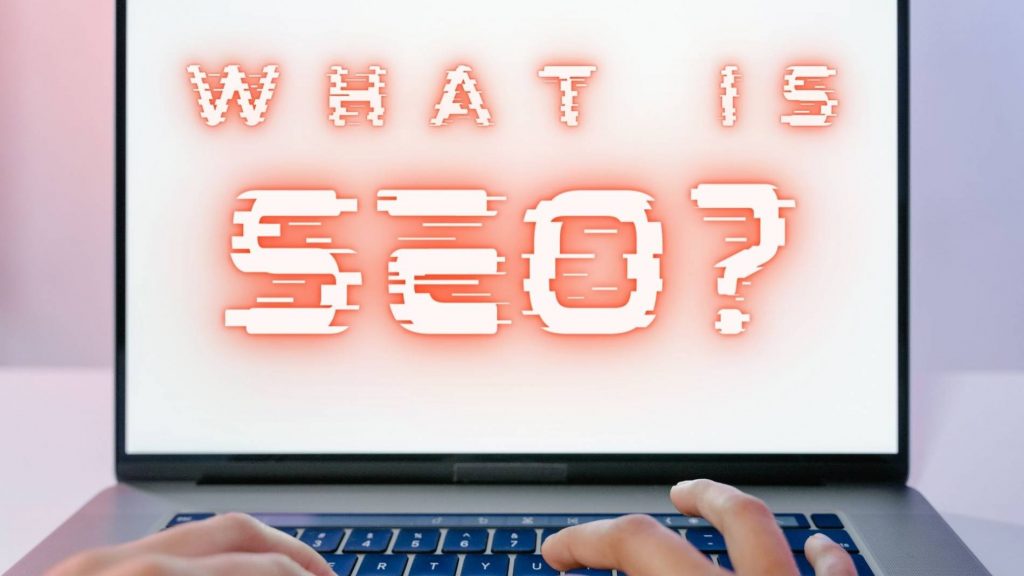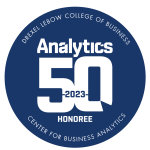What is SEO?
Search Engine Optimization (SEO) is the process of improving the visibility and ranking of a website or a web page on search engine results pages (SERPs). SEO is not just about ranking high on search engines, but it also encompasses various strategies to attract the target audience and increase engagement.
Defining SEO: The Purest Form
The purest definition of SEO is: “…the process of affecting the visibility of a website or a web page in a search engine’s unpaid results—often referred to as “natural,” “organic,” or “earned” results.”
This simple definition may not explain the complexity of SEO. It is a part of internet marketing strategy that requires a plan with specific objectives. The objective of your SEO plan should align with your overall business goals, such as generating more leads, increasing sales, or brand awareness.
Understanding How Search Engines Work
Search engines use algorithms to decide which results to display on SERPs. The search engine crawler collects content, navigation funnels, and design features to evaluate a website. The indexing engine processes the crawled data and indexes (tokenizes) the content. This indexing allows the search engine to decide the relevance of a webpage for a given keyword based on learned human behavior patterns.
One of the essential algorithms for relevance is precision. Precision (also called positive predictive value) is the fraction of retrieved webpages that are relevant to your keyword. An SEO plan requires understanding what competing assets the search engine will score for a target keyword, so you can add enough assets to your site to be part of the fraction of potential results.

Knowing What People Search For
To create an effective SEO strategy, you need to know what keywords people use to find your products or services. Keyword research is essential to determine the target audience’s search intent and understand the level of competition for each keyword. Check out our other blog post featuring of some of our favorite keyword research tools, below.

The 10 Best Keyword Research Tools for SEO
A strong SEO campaign starts with one thing: strong keyword research. Keyword research is the basis for all SEO efforts. Whether you’re launching a new
Understanding Search Patterns and Sequences
To target a specific keyword, it is necessary to understand the search patterns and sequences people use to find content. For instance, to target the keyword “buy widgets,” you will need to provide content for “widget specs,” “how to use a widget,” “widget pricing,” “widget video,” “widget delivery time,” “widget applications,” “widget reviews,” and “widget guarantee.”
Creating assets that provide the audience requirements for each search sequence can turn your website into a brand driver, increase the number of times your audience interacts with your brand, and build trust with the target audience. This is essential for conversion optimization.

Digital Channels for Your Target Audience
Knowing which digital channels are used by your target audience is crucial to create a successful SEO plan. You may not have a search audience, in which case optimizing for search will not be beneficial. You may need to push content to an audience and design your website to receive visitors from alternate channels. A well-planned channel strategy should be included in your overall marketing strategy.
SEO vs PPC/SEM: What's the Difference?
When it comes to digital marketing, there are two main ways to drive traffic to your website: Search Engine Optimization (SEO) and Pay-Per-Click (PPC) or Search Engine Marketing (SEM). SEO involves optimizing your website and content to rank higher in search engine results organically, while PPC/SEM involves paying for ads that appear at the top of search results pages in addition to traditional SEO efforts.
Both SEO and PPC/SEM have their own unique benefits and drawbacks, and choosing which strategy to use can depend on a variety of factors, including your budget, business goals, and target audience. To learn more about the differences between SEO and PPC/SEM and which strategy may be right for your business, check out our blog post on the topic.

SEO vs SEM: What’s the Difference?
In the world of search marketing (a subset of digital marketing), Search Engine Optimization (SEO) is the practice of earning traffic from organic search, while
Putting SEO To Work
In order to make the most of your SEO, it is necessary to understand how search engines work, what people search for, and the search patterns and sequences to create an effective SEO plan. Additionally, knowing the digital channels for your target audience is crucial to create a successful SEO plan.
With these elements in place, you can create a system of digital resources that will introduce your brand to your ideal target audience and encompass all digital channels – not just search. This will help you achieve your desired outcome from SEO, whether it’s driving more sales or increasing brand awareness.
SEO is an important part of any digital marketing strategy, but it requires a deeper understanding of how search engines work, what people are searching for, and how to create content that matches those search patterns. By incorporating these elements into your SEO strategy, you can improve your website’s visibility in search engines, drive more targeted traffic to your site, and ultimately achieve your desired business outcomes.
Remember, SEO is not a one-time effort, it requires ongoing maintenance and optimization to stay relevant in the ever-changing digital landscape. By working with a knowledgeable and experienced SEO partner, you can stay ahead of the competition and achieve long-term success in the online marketplace.










One Comment
Great article for beginners